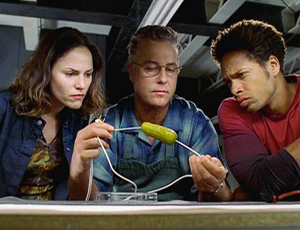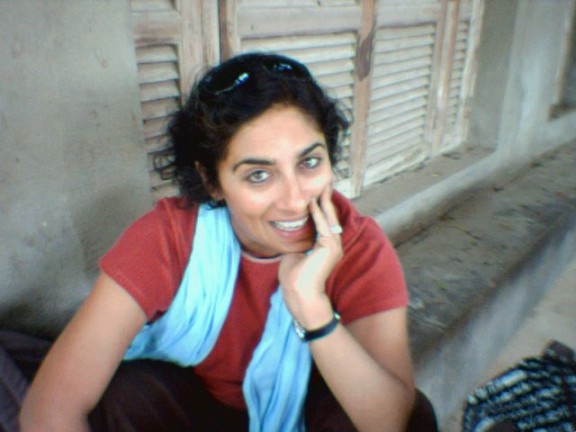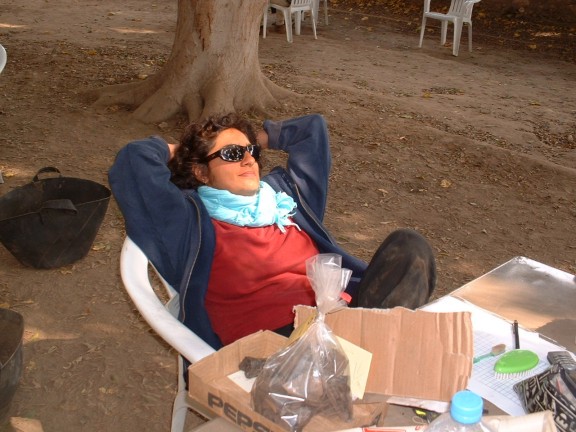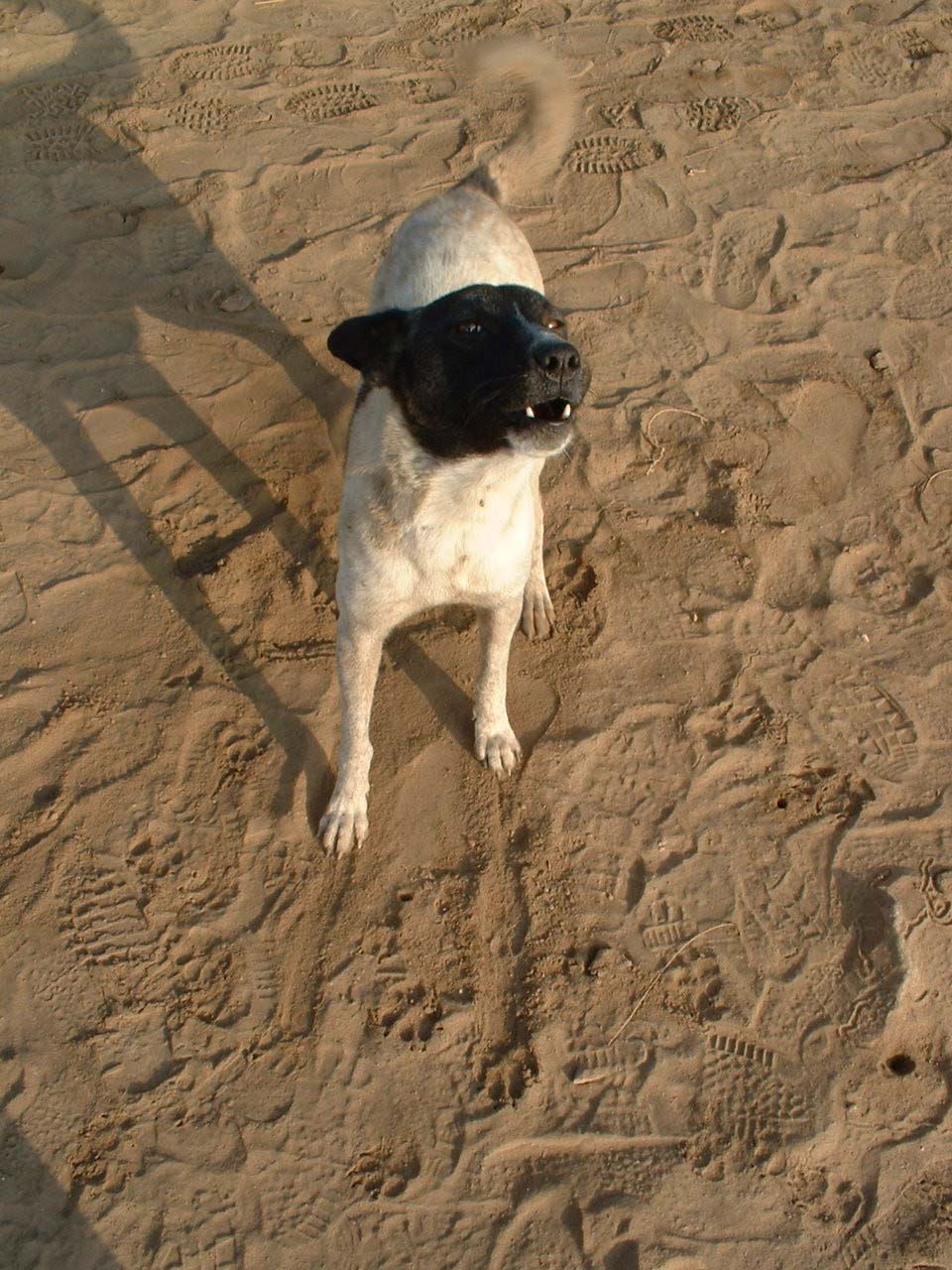Just got this email over the EEF list, from Jan Picton of the Petrie Museum:
I recently posted some information about tunics in the Petrie Museum
and the online availability of all (or most) of the Petrie objects. I
received the following comment that I would like to take this
opportunity to follow up on list since I think it's a view that many
people may share.
" I really liked the old "cramped" museum. To me that is what a working
museum should be. I shall have mixed feelings when I see the new and
improved space I have heard about."
I could say the easy thing - that a 21st century world class museum and
collection deserves fitting surroundings - which they do. Or I could say
that Petrie himself would have been appalled at the conditions his
collection is kept in. He fought for Egyptology to be taken seriously at
UCL and for his collection to be used as a publicly accessible teaching
collection.
Post WW2 bombing it was housed in its current 'temporary' position.
The roof leaks in 13 places, we don't have enough room for the objects,
and every time an object is conserved and remounted it takes up more
space and there's nowhere for it to go. Eighty per cent of the objects
are not on public view and we want them to be. Staff work in
dreadfully cramped conditions - our outstanding curator, Stephen
Quirke, shares an office the size of a cupboard with the kitchen sink!
Yes, the old museum has 'charm' - I walked in on my first day as a
mature student ten years ago and never really left - but it should be
regarded as an international scandal. Our new space would have proper
study and teaching facilities, it would have its own conservation lab,
100 per cent of the objects will be on display or in visible, accessible
storage. Finally, there will be surroundings to do justice to the
collection and to the staff who work so hard to make it accessible to
the world.
But you may not have to worry - unless we raise another six million
pounds by Christmas, it won't happen. It may not equal world poverty in
the greater scheme of things but it will be a real tragedy.
Sorry for the passion, but it hit an over-stretched nerve! If anyone
wants to know more about it, email me. (janpicton@ijnet.demon.co.uk)
And further:
If you need more definitive info on the new building, or the opportunities for making a contribution, contact our Museum Manager, Sally Macdonald, on s.macdonald@ucl.ac.uk.
For those never having been there, it is exactly what is described: A "quaint" museum that is bursting at the seams. We spent a week there working with some Predynastic material several years ago and the place tends to reward one's fantasy about what "real" Egyptology is like: A small, rather dimly lit place with artifacts all over and the aura of history all around.
We comment on the state of museums (and archaeological research generally) often because we think the issues of conservation and accessibility need to be front and center in modern archaeology. Digging up a thousand artifacts that are just going to sit in a museum basement and decompose in 50 years is really little better than looting. And all the detailed excavation records that go along with the artifacts are similarly worthless unless they're used and published. Digitizing everything is definitely the way things are moving, but examining the originals will still be needed.
So, you know, if you have a bundle of money sitting around without anything to do. . . .
Well. First give a pile of it to ArchaeoBlog, and then throw some the Petrie's way.
On to the news:
Antiquity unearthed Downtown
The shallow trenches and holes in the dirt, roped off in the back yard of an old adobe row house Downtown, seem at first like nothing more than the work of a diligent child playing in the mud.
Then archaeologist Homer Thiel mentions that this is the remains of a pit house built 2,000 years ago, well before the time of the Hohokam, and forms begin to jell - an arced pattern where posts once held up a roof, linear depressions where walls stood.
"This was not known before. This tells us this same spot was lived in for 2,000 years," said Thiel, project director for Desert Archaeology Inc., the firm hired to shore up the interior of a mid-19th-century triplex at 196 N. Court Ave.
CSI: Newcastle

Murder on the Nile in 2000 BC?
This mummy's head, dating back thousands of years, is being scanned by specialists at a North East hospital to find out how its owner died.
Gillian Scott, the Hancock's curatorial assistant at Egyptology, with a mummified head
The ancient head is one of four Egyptian skulls which form part of an ongoing study into the Hancock Museum's historic Egyptian Collections.
Now a team of top scientists at Newcastle's Royal Victoria Infirmary will use the latest medical equipment in a bid to delve back in time and discover its origins.
They hope to shed light on how the mummies met their deaths.
Thank GOD Archaeologists hunt for hot baths
Archaeologists are to dig up a set of Roman baths believed to be at a site in Swindon, Wiltshire.
The latest excavation at Groundwell Ridge started this week, hunting for a set of what used to be hot baths.
A Roman villa was first found at the site, in the north of the town, during housing construction in 1996.
In 2004, the team found a range of cold baths dating back 1,600 years. They hope to add to their collection with the latest five-week dig.
During the past nine years, English Heritage and Swindon borough Council have worked together to buy the land and fund excavations.
That's the whole thing.
Ancient Aboriginal site found in north-west Qld
KERRY O'BRIEN: Aborigines and archaeologists have excavated an ancient artefact site in north-western Queensland, which they believe may be one of the oldest ever discovered in this country. The site was unearthed when the Queensland Government began construction of a bridge. The dig unearthed thousands of spear blades, axes, and tools. It may lead to findings that Aborigines must have penetrated the interior of Australia much earlier than is presently believed. Genevieve Hussey reports.
DR TOM LOY, SOCIAL SCIENCE, UNIVERSITY OF QUEENSLAND: Every time I went to the site and started digging, I just kept getting this feeling like people have been here for a very long time.
Update
Lettuce alone without clothes Egyptians ate lettuce to boost sex drive
Yet Egyptian bas reliefs put a different spin on the use of lettuce: the plant appears as an offering to the ancient Egyptian deity Min.
Invariably depicted with a large, erect penis, Min was the god of fertility and sexuality. For more than a century, archaeologists have wondered why a vegetable used to calm dreams was associated with the exuberant Min.
Modesty forbids us from providing photographs of Min.
(HT to Ann Althouse)











